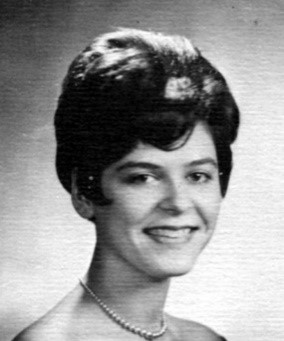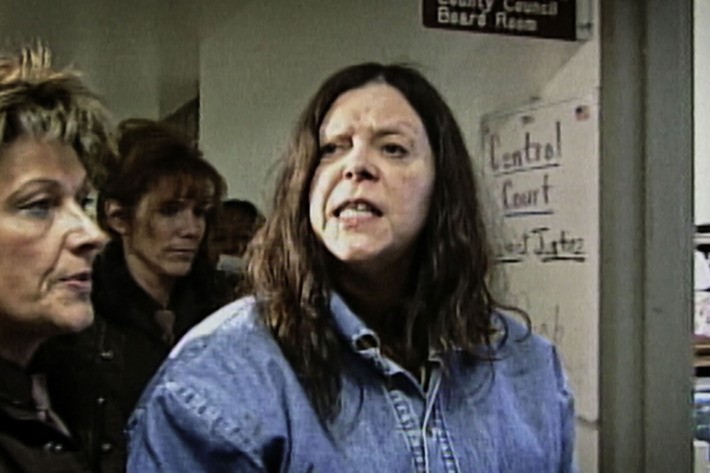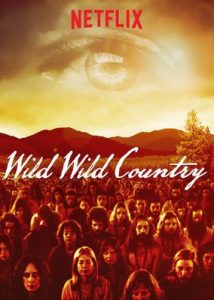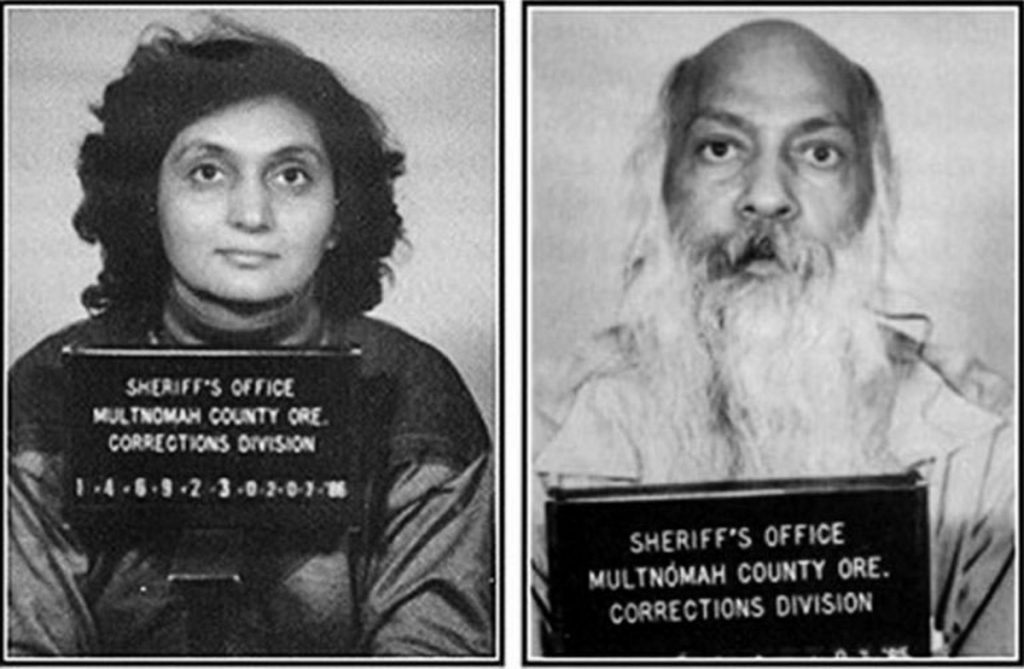Four Documentaries Worth Watching
Posted By Morris van de Camp On In North American New Right | Comments DisabledIn this dark Kali Yuga, we can take comfort in that we have entered into a Golden Age of the documentary. The four documentaries below do a great deal to explain our modern circumstances, and are worth watching on their own merits.
King Corn
Produced by Aaron Woolf, Ian Cheney, & Curtis Ellis
2007
If one looks back at old photographs, even from as recently as the mid-1990s, what will be striking is that everyone is so thin. This leads to the question: Why have so many people gotten fat when they’re just eating three meals per day, just like most people were doing then? Also, why are there so many diets – i.e. Atkins, South Beach, and Paleo – that eliminate carbohydrates?
The answer can be found in the 2007 documentary King Corn. The filmmakers, Ian Cheney and Curtis Ellis, both have roots in Greene, Iowa. After they realized that the life expectancy of their generation is going down, they decided to look at the American diet. A big clue came when a test of their hair revealed that nearly all of the carbon in their body originated from corn. The two headed back to Greene, reconnected with long-lost cousins there, and rented an acre from a farmer to grow corn and see how it all works. As the viewer watches their efforts unfold, one learns a great deal about the history of farming, farm subsidies, corn, and corn products, and how it all impacts society at large.
Corn originates from a grass called teosinte in Mexico, which moved north by means of Indian trade routes. Corn was present in Cape Cod when the Pilgrims arrived in 1620. Due to its climate, soil, and hardworking white population, Iowa has become the perfect place to grow corn on a massive, industrial scale. By means of natural selection, genetic modification, fertilizer, mechanization, and other advances, yields on corn crops have grown by leaps and bounds in the last century. This bounty is also enhanced by the changes in farm subsidies made by President Nixon’s Agricultural Secretary, Earl Butz (1909-2008). Most corn produced in Iowa is called Yellow Dent [2]. This variety tastes like chalk, and it is high-starch. Yellow Dent must be further processed (i.e., fed to cattle or turned into another product in some way) to be edible. While on the surface Iowa is a cornucopia of agricultural goods, a closer look reveals that it also has a great many food [3] deserts [4]. Iowa farmers aren’t growing food for their own tables.
In the past, the US Department of Agriculture worked to stabilize grain prices. Farmers were paid not to overproduce. Secretary Butz didn’t like this and wanted farmers to plant as much as possible. With the new subsidy rules, it’s get big or get out. Farmers plant the corn from fence-row to fence-row. Today, corn is so overproduced that its production costs exceed the market price for sale under the laws of supply and demand. It’s only because of Department of Agriculture subsidies that corn farmers are able to make a profit.
All of this corn needs to be consumed somehow. It is fed to animals bred for slaughter in vast quantities to get their market weight up quickly. As a result, meat, especially beef, becomes fatter and unhealthier. There is also high-fructose corn syrup. It’s used in nearly every food product being produced in America today, and is basically just empty calories devoid of nutrition. Restaurant portions have gotten bigger, too. In a typical McDonald’s meal, corn is the main ingredient in the soft drink, and was also used to feed the cow that went into the hamburger. Even the French fries are cooked in hydrogenated corn oil. In short, it’s not corn as such but the enormous quantities of it that are the problem. There are just too many carbs chasing too few stomachs, and those carbs get turned into too much body fat through the body’s metabolic processes.
After watching King Corn, one gets a fresh appreciation for America’s many “policy wonks.” These “wonks” are people who puzzle out every possible angle to a government policy. The devil, as they say, is in the details. After the Revolution – heck, even before the Revolution – things like agricultural policy will need a hard look. People are getting too damned fat.
There is also a racial angle to this. By substituting cane sugar for high-fructose corn syrup, the economy of the West Indies is being further depressed, motivating Negroes and others to migrate to white areas. Additionally, this isn’t addressed in the film, but one wonders how much of this surplus corn gets turned into food aid, that in turn allows the populations of black and brown peoples to expand beyond their natural limits.[1] [6]
Evil Genius: The True Story of America’s Most Diabolical Bank Heist
Produced by Mark & Jay Duplass; directed by Trey Borzillieri
2018
On August 28, 2003, a pizza delivery man named Brian Wells walked into Erie, Pennsylvania’s PNC Bank on Peach Street with a bomb locked around his neck, carrying a shotgun disguised as a cane, and stole over eight thousand dollars. Wells was arrested shortly after the robbery. He died, handcuffed, when the bomb exploded, the bomb squad only minutes away. The investigation into the bizarre circumstances of his death went on for years, and questions still remain. What is known about it is described in Evil Genius, which can be seen on Netflix.
The entire documentary is catnip for a lover of true crime docudramas, but there is also food for thought for civically virtuous white advocates. The first thing that stands out is that the participants in the plot were all quite smart. The second is that none of these people ever got their lives together. The main instigators of the robbery were Marjorie Diehl-Armstrong and Bill Rothstein. The two should have gotten married,[2] [8] started a family, and done their best to be good citizens of their community. Unfortunately, they were underemployed in the Rust Belt economy of northern Pennsylvania, and they drifted into hoarding and other pathological ways of living. Economic policy and family policy are thus very closely linked. Additionally, it is clear that the mental health services are woefully understaffed and underfunded. Marjorie suffered terribly from mental illness, and had a few things been different, she might have been able to develop a better lifestyle that would have benefited herself and others.
 [9]
[9] [10]
[10]Potential lost: top – Marjorie Diel-Armstrong as a young woman, bottom – Marjorie Diel-Armstrong in prison.
One also can’t help but notice just how often social disasters [11] have a Jew at the bottom of it all. In this case, the Jew is Bill Rothstein. Rothstein died before investigators finally unraveled the plot, but the entire crime revolved around his actions. By the entire crime I mean all of it, from the robbery to the solving of the case. Rothstein probably built the bomb and shotgun cane. Although he was up to his neck in criminal conspiracies, it was his call to the police about a body in his freezer, the result of a different murder he colluded in with Marjorie, which eventually cracked the case. Because of his poor decisions, Rothstein betrayed his on-and-off lover Marjory Diel-Armstrong, Brian Wells, his community, his family, and ultimately himself. Perhaps his biggest flaw was to remain involved with wickedly evil but alluring Marjory Diel-Armstrong for so long. At any rate, this story is so bizarre that it is best to watch this engrossing documentary on a rainy day to get a full understanding of what happened.
Commune
Produced by Jonathan Berman
2005
Baby Boomers are easy targets. They were born in a paradise, ruled and raised by wise elders, became spoiled and entitled brats, and then fled to the suburbs rather than standing and fighting against the twin disasters of the “civil rights” movement and the 1965 Immigration Act. However, they did genuinely pursue spiritual enlightenment and communal living. The 2005 documentary Commune explores this spiritualism, and is worth watching while also doing something productive, like making a pie with the kitchen TV on.
There are several interesting things about the commune experiment at Black Bear Ranch that stand out. Like the Antifa bums who don’t work, the project was sponsored by wealthy people from outside. There was nothing sustainable about this project; it was completely reliant on donations. The commune’s founders got the money from popular musicians and the Hollywood set through moralizing hustle. After using that money to buy the ranch in California’s Siskiyou County, the commune’s residents tried to make their utopia a “free land for a free people.” Lots of nudity is on display and marijuana use is hinted at, but it’s not worth discussing.
Black Bear Ranch didn’t go horribly wrong like some other social experiments, such as the Peoples’ Temple [13] or the Branch Davidians [14], but utopia is difficult to achieve in the real world. The people of the commune bickered over everything. In many ways, traditional sexual hierarchies were enhanced rather than equalized. The men dressed like frontiersmen, wearing boots and carrying knives, and they took hazardous journeys through the wilderness to obtain vital supplies. All the women became midwives. Their births were home births – in the wilderness, miles from help. It was pretty impressive, actually. Most of the children from this community seem to have turned out well, although one has some frank misgivings about his upbringing.
The free-love situation also became touch-and-go. One gets the impression that if the men had not been so committed to “free love” and been able to practice self-control, there could have been fewer tragedies caused though jealousy. Sexually reckless behavior leaves every enterprise a whisper away from catastrophe. Ultimately, “free land for a free people” is not a livable arrangement anywhere. These sorts of slogans are always highly conditional. One group of drifters ended up getting tossed out. Shocked to discover that the “free land for a free people” didn’t really mean what it said, some of the residents finally went to India, and many of the group’s children died during a plague. Today, the ranch is co-owned in some way by the children of the original, diehard members of the commune.
Wild Wild Country
Produced by Mark Duplass, Jay Duplass, Josh Braun, Dan Braun, Lisa Nishimura, Ben Cotner, & Adam Del Deo
2018
Of all the films under discussion, Wild Wild Country is the most relevant for white advocates. It is also probably the best (although Evil Genius is quite compelling).
It is well-known through DNA and linguistic studies that the Indo-Europeans originated somewhere [15] around [16] the Black Sea and spread north and west into Europe and east and south into India. These warriors who rode chariots into battle and crossed wine-dark seas in long-ships also had a specific spiritual outlook which still exists today. If one could invent a DNA test for the spread and evolution of religion, it is likely that the Lutheranism of Iceland (the furthest to the north and west that the Indo-Europeans spread prior to the migrations to America) and the Theravada Buddhism of the Sinhalese in Sri Lanka (the furthest south and east the Indo-Europeans ever spread) would be shown to have a common ancestor. On the West Coast of the United States, beginning in the 1960s, the Western Indo-European religion met with the Eastern branch. In most cases there was a positive fusing; however, in Oregon in the 1980s, instead of a cross-pollination of ideas, this meeting led to an unpleasant social explosion.
At the center of the conflict was an Indian spiritual guru, Bhagwan Shree Rajneesh, and his secretary, Ma Anand Sheela. Rajneesh created a movement which attracted followers from across the Indo-European world. Unfortunately for everyone involved, the 1980s was a time of religious tension in India that led to a low-intensity civil war [17]. As a result, Rajneesh and his followers decided to move to the United States, where they believed the First Amendment would protect them. They arrived in the dry deserts of eastern Oregon, near the town of Antelope. They quickly came into conflict with the locals and a series of battles ensued. During the affair, local residents bombed a Rajneeshee property in Portland, and the Rajneeshees conducted a bio-terror attack by infecting the food of several restaurants with salmonella. There was also an internal power struggle among the Rajneeshees that climaxed in an attempted murder. Rajneesh himself finally returned to India and his organization re-branded – Rajneesh became “Osho.” Sheela ended up being blamed for the chaos, and she and her followers fled to Europe.
For white advocates, the takeaways are the following:
- If you are in an organization seeking to change the world, don’t get deeply involved in local politics. To do so, one trades working on one’s vision for petty matters. Get involved in the local and you end up with ferocious, motivated enemies over the question of whether or not to install a stoplight on the intersection of Locust and Main.
- The dry, western portions of the United States – the area west of the Front Range of the Rockies to the edge of the “rain shadow” caused by the Sierra Nevada and Cascade mountain ranges – is not really a free zone of land like in the days of the Mormon Trail. There are all sorts of laws and legal precedents that go back to the nineteenth-century range wars over water, access roads, mining concerns, and grazing rights. The initial event that set Oregon locals against the Rajneeshees was when the latter wanted to cut traffic on some access roads. Locate your base in an area with rain, green grass, and no history of range wars.
- The conflict was just one more evil nugget following from the 1965 Immigration Act. Had previous immigration restrictions remained in place, the Rajneeshees would have stayed in India and flourished. The Indian political situation proved to be far less of a problem for them than the situation in Oregon ended up being.
- Constitutional processes, whether state or federal, really only work in the social ecosystem of a particular people, where everyone understands the folkways of the other. For most of their time in Oregon, the Rajneeshees acted well within the law, but made use of the law to achieve a hostile takeover. As was brought home to Americans on 9/11 and every Muslim terror attack since, “freedom of religion” has drawbacks if one religion has murder as a key part of its doctrine, or when it is taking over an area and creating its own police force and armed militia. Additionally, “one man, one vote” is a principle with all sorts of drawbacks.
- Bhagwan Shree Rajneesh’s silence during the events didn’t help his movement. Furthermore, Sheela drew an inner circle of mostly female loyalists around her. None of these women tried to put a stop to Sheela’s increasingly poor and illegal decisions.
- OPSEC is key. After the Rajneeshee leadership crossed over into illegality, they still took careful notes of their meetings and then dumped these minutes in the trash, where their enemies picked them up.
- Public relations is also key. With Bhagwan not talking, Sheela became the spokeswoman. She was aggressive and bellicose in every TV appearance, even to the point of using profanity. She made a very poor impression on a public already alarmed over “cults” in the wake of the Jonestown Massacre.
- Don’t try and juice your numbers or power using the low, easy route. The Rajneeshees gathered street people, often drug addicts and low-IQ Negroes, from across America in their attempt to take over eastern Oregon. These people stiffened the locals’ resistance, and they became a major problem for the Rajneeshees in their own right. One of these street people nearly killed Sheela during a manic episode. Eventually, the Rajneeshees resorted to giving tranquilizers to these people in their evening beer rations to keep them under control. The elitist strategy of finding people who are demonstrably good is a slower, but better, method.
The Rajneeshee story is interesting for many other reasons. While most of them were white, old-stock Americans marching to the beat of a different drummer, the leadership came from a non-European Third World country. This event is therefore an instance – perhaps the first – where the native whites defeated and permanently drove out a post-1965 immigrant group from their community.
Notes
[1] [19] Another subsidy from whites to non-whites, especially Africans, is heat. When reading about the “Bleeding Kansas” situation of the 1850s, this author was struck by an anecdote about slaveholders who spent a great deal of effort during the winters keeping their Negroes warm. Apparently, Kansas’ cold winters were too much for the Africans to handle without white help. It is likely that there is no place in the United States outside of the Humid Subtropical (Cfa) climate type.
[2] [20] While I recognize such a marriage would be a sub-optimum Jew/Aryan mix, under Jewish law Bill and Marjorie’s children would not have been Jews. Despite this, it would have been better than what the couple ended up doing, namely drifting through life as singles with no children and too much time on their hands.




